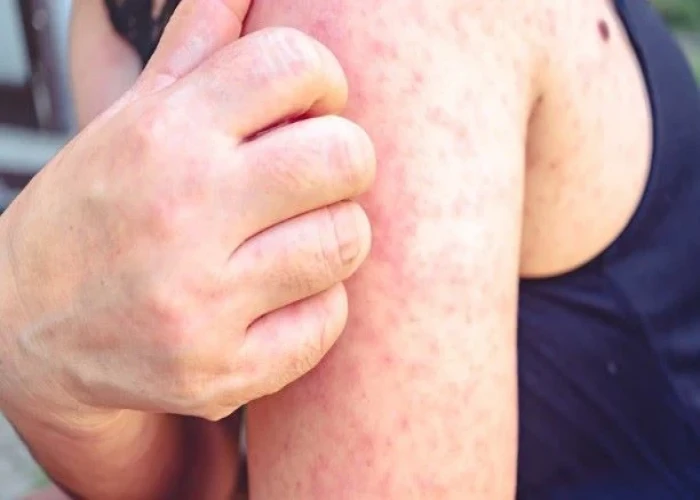 Welcome
Welcome
“May all be happy, may all be healed, may all be at peace and may no one ever suffer."
Kawasaki disease
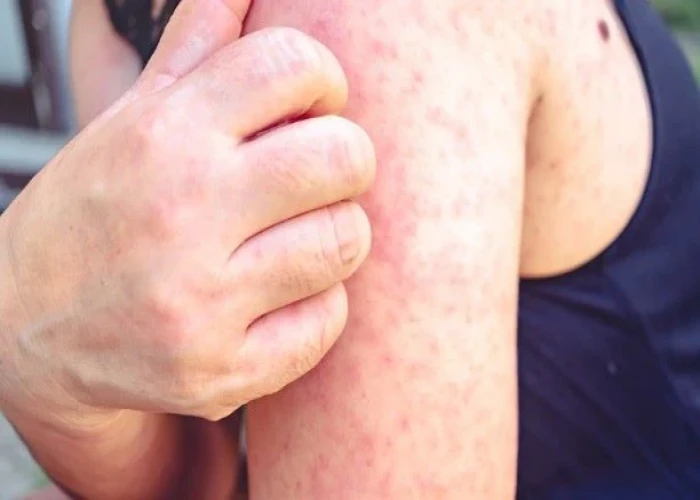
Kawasaki disease is a rare but serious condition that primarily affects children under the age of 5. It is characterized by inflammation of the blood vessels throughout the body and can lead to serious complications if left untreated.
The exact cause of Kawasaki disease is unknown, but it is thought to be triggered by an infection or an abnormal immune response to an infection.
Symptoms of Kawasaki disease may include:
- High fever that lasts for more than 5 days
- Redness and swelling in the hands and feet
- Rash on the trunk of the body
- Swollen, red, and cracked lips
- Redness in the eyes
- Swollen lymph nodes in the neck
If left untreated, Kawasaki disease can lead to serious complications, such as heart disease, aneurysms, and inflammation of the heart muscle.
Treatment for Kawasaki disease typically involves a combination of medications to reduce inflammation and prevent blood clots. These may include aspirin and intravenous immunoglobulin (IVIG). In some cases, other medications such as corticosteroids or tumor necrosis factor (TNF) inhibitors may also be used.
Early diagnosis and treatment are important for preventing complications and reducing the risk of long-term heart damage. If your child develops symptoms of Kawasaki disease, seek medical attention immediately.
Research Papers
Disease Signs and Symptoms
- Abdomen pain
- A rash on the main part of the body and in the genital area
- Extremely red eyes without a thick discharge
- Swollen tongue
- Red eyes (conjunctivitis)
- Enlarged lymph nodes
- Nausea or vomiting
- Joint pain
- Irritability
- Diarrhea
- Excess tears or other discharge from your eye
Disease Causes
Kawasaki disease
No one knows what causes Kawasaki disease, but scientists don't believe the disease is contagious from person to person. Some think that Kawasaki disease happens after a bacterial or viral infection, or that it's linked to other environmental factors. Certain genes might make children more likely to get Kawasaki disease.
Disease Prevents
Disease Treatments
To reduce the risk of long-term complications, your child's health care provider will want to begin treatment for Kawasaki disease as soon as possible, preferably while your child still has a fever. The goals of initial treatment are to lower fever and inflammation and prevent heart damage.
Treatment for Kawasaki disease can include:
- Gamma globulin. Infusion of an immune protein (gamma globulin) through a vein (intravenously) can lower the risk of coronary artery problems. This helps to reduce inflammation in the vessels.
- Aspirin. High doses of aspirin might help treat inflammation. Aspirin can also decrease pain, joint inflammation and fever. The aspirin dose will likely be lowered once the fever has been gone for 48 hours.
- Kawasaki treatment is a rare exception to the rule that says aspirin shouldn't be given to children. Aspirin has been linked to Reye's syndrome, a rare but potentially life-threatening condition, in children recovering from chickenpox or flu. Children with Kawasaki disease should be given aspirin only under the supervision of a health care provider.
Because of the risk of serious complications, initial treatment for Kawasaki disease is usually given in a hospital where doctors can continue to monitor the child.
After the initial treatment
Once the fever goes down, a child might need to take low-dose aspirin for at least six weeks — longer if he or she develops a coronary artery aneurysm. Aspirin helps prevent blood clotting.
However, children who develop flu or chickenpox during treatment might need to stop taking aspirin. Taking aspirin has been linked to Reye's syndrome, a rare but potentially life-threatening condition that can affect the blood, liver and brain of children and teenagers after a viral infection.
With treatment, a child might start to improve soon after the first gamma globulin treatment. Without treatment, Kawasaki disease lasts about 12 days. However, heart complications might last longer.
Monitoring heart problems
If your child has any signs of heart problems, the health care provider might recommend follow-up tests to check your child's heart health at regular intervals, often at 6 to 8 weeks after the illness began, and then again after six months.
If heart problems continue, your child might be referred to a doctor who specializes in treating heart disease in children (pediatric cardiologist). Treatment for heart complications related to Kawasaki disease depends on the type of heart condition.
Wait to vaccinate
If your child was given gamma globulin, it's a good idea to wait at least 11 months to get a live vaccine, such as the chickenpox or measles vaccine, because gamma globulin can affect how well these vaccinations work. Tell your child's health care provider that your child has had Kawasaki disease.
Disease Diagnoses
Disease Allopathic Generics
Disease Ayurvedic Generics
Disease Homeopathic Generics
Disease yoga
Kawasaki disease and Learn More about Diseases
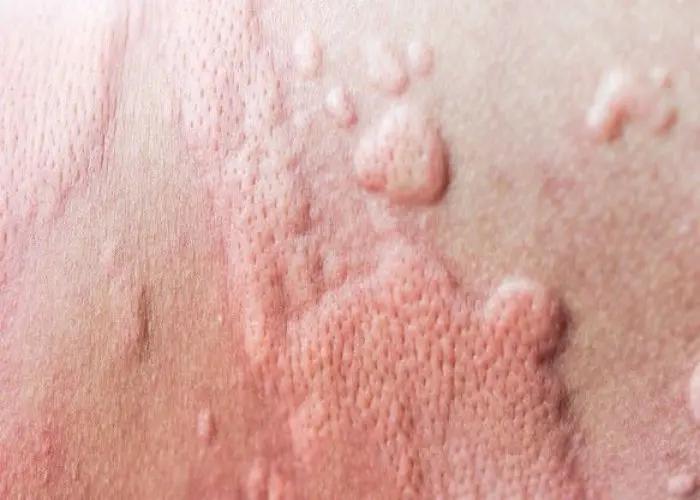
Hives and angioedema
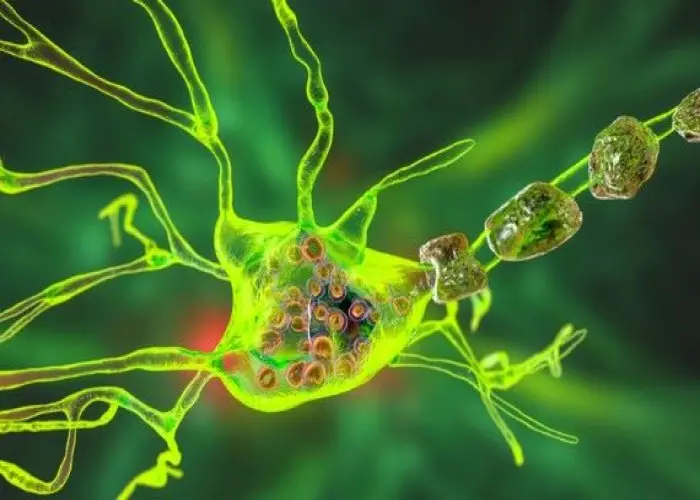
Inherited metabolic disorders
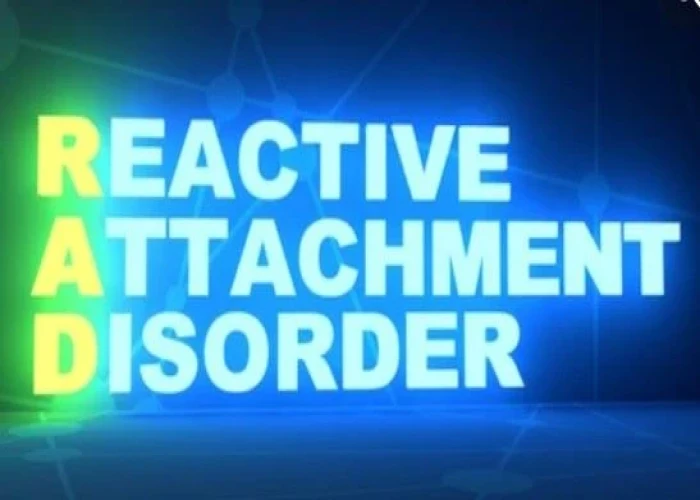
Reactive attachment disorder
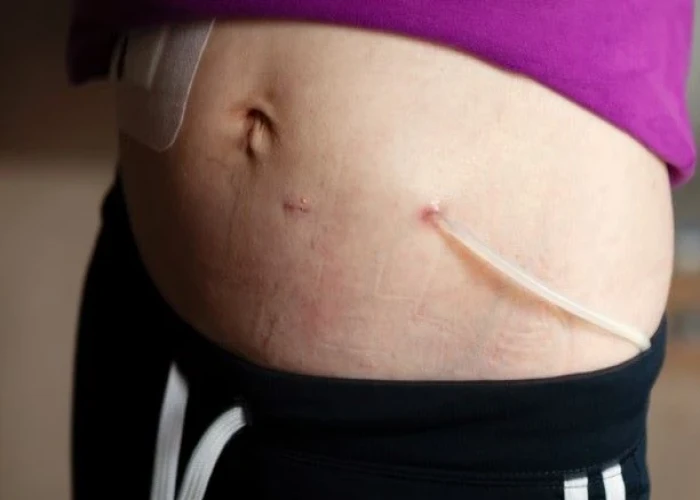
Peritonitis
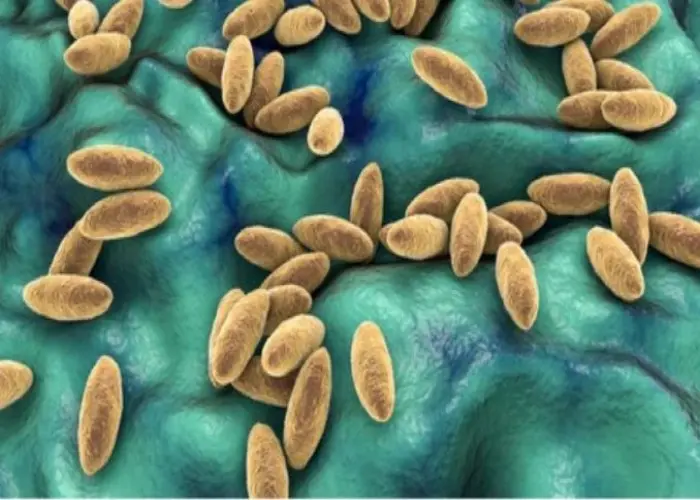
Brucellosis
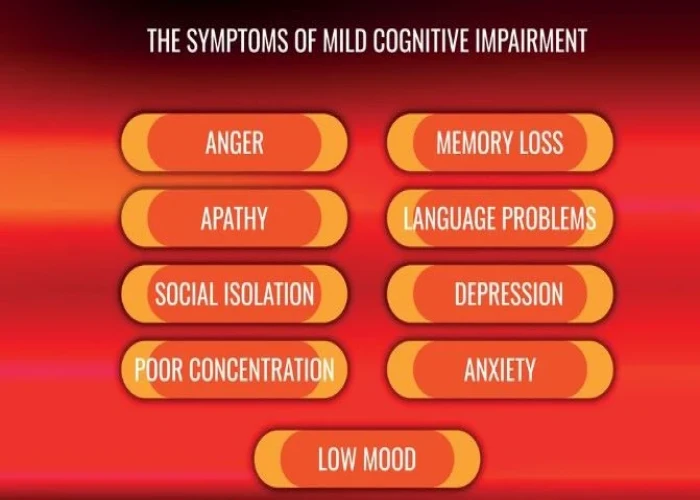
Mild cognitive impairment (MCI)
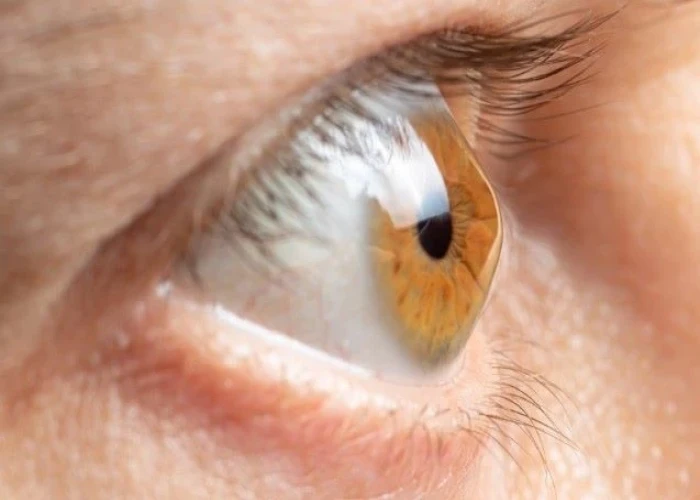
Keratoconus

Diaper rash
kawasaki disease, কাওয়াসাকি রোগ
To be happy, beautiful, healthy, wealthy, hale and long-lived stay with DM3S.
